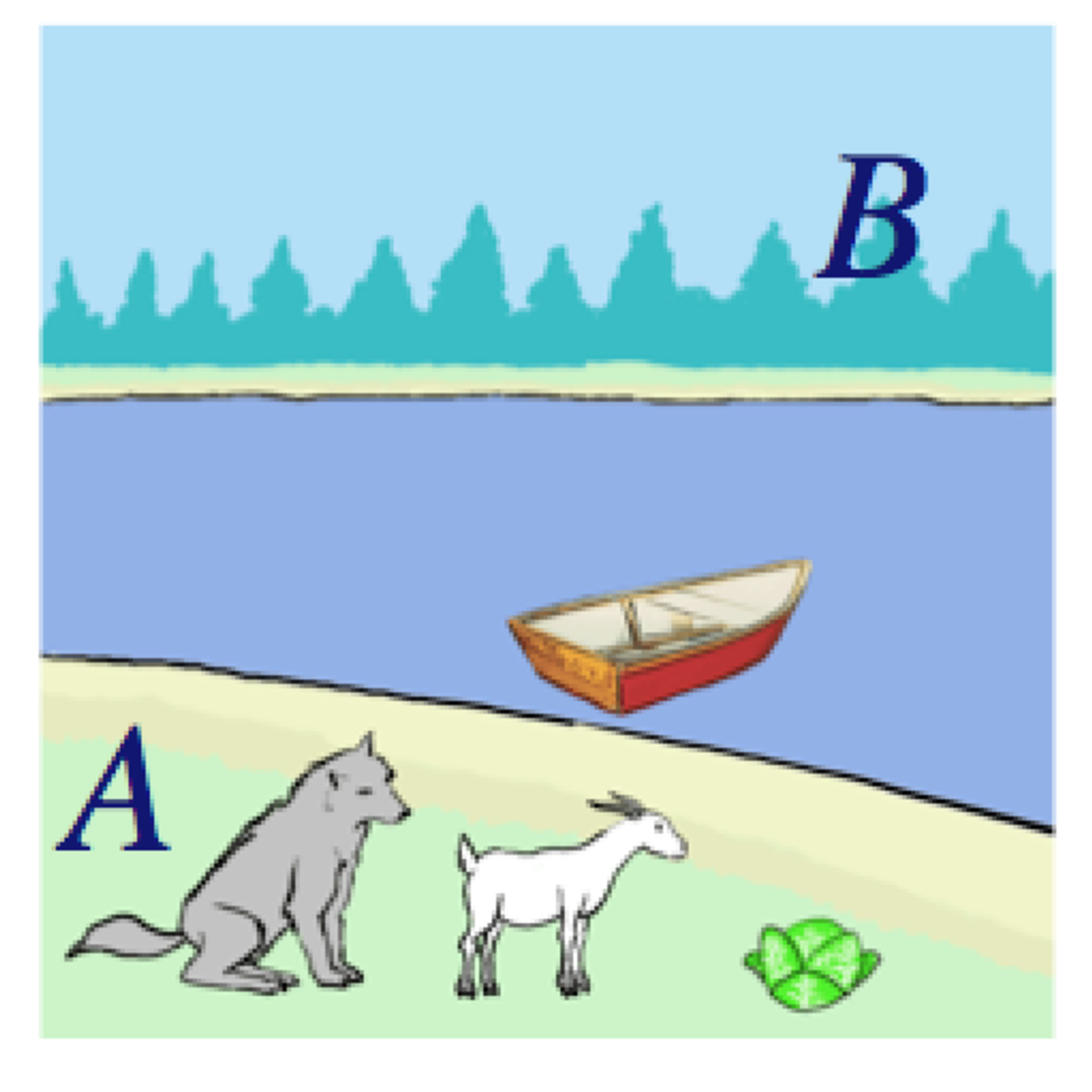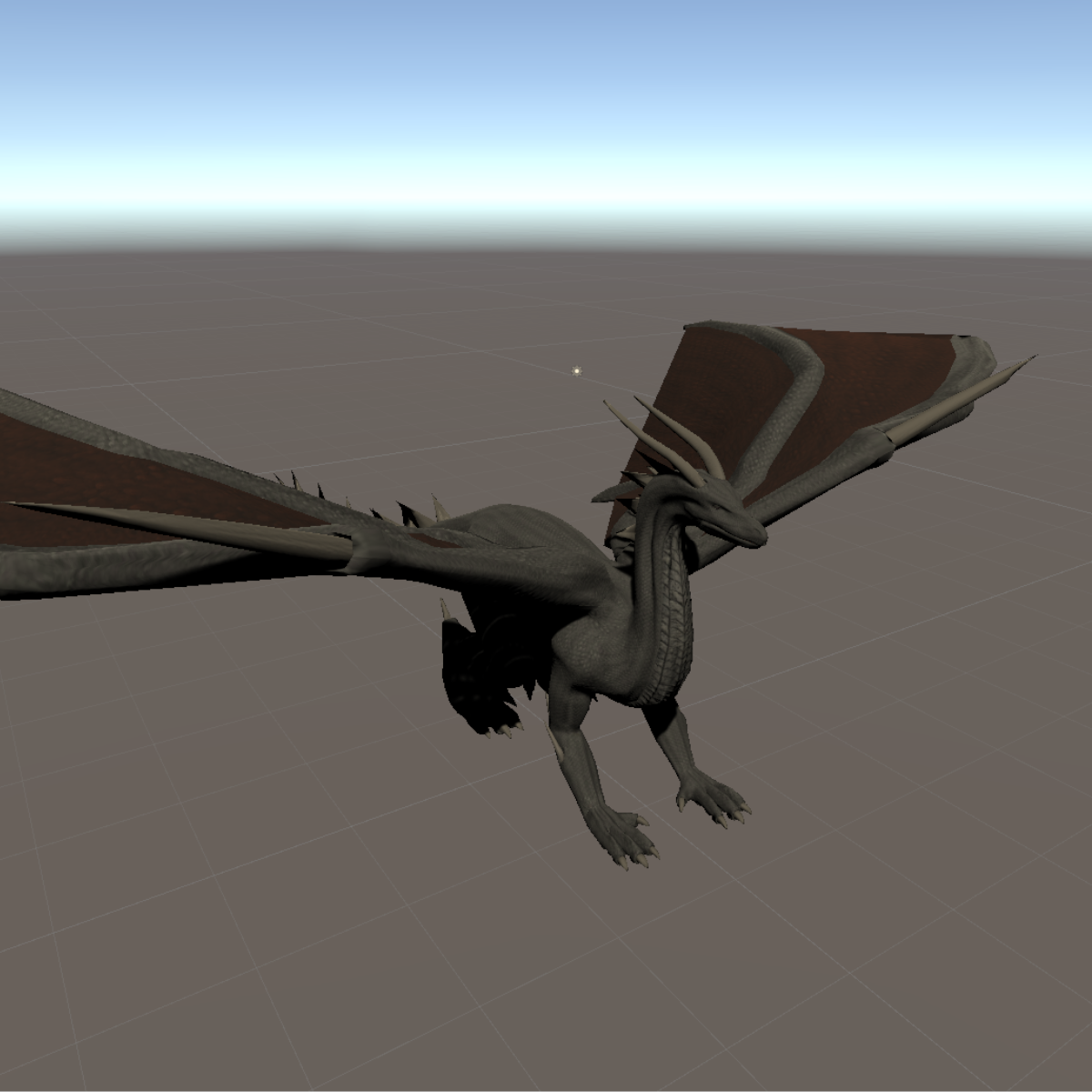Back to Courses









Software Development Courses - Page 7
Showing results 61-70 of 1266

System Validation (4): Modelling Software, Protocols, and other behaviour
System Validation is the field that studies the fundamentals of system communication and information processing. It allows automated analysis based on behavioural models of a system to see if a system works correctly. We want to guarantee that the systems does exactly what it is supposed to do. The techniques put forward in system validation allow to prove the absence of errors. It allows to design embedded system behaviour that is structurally sound and as a side effect enforces you to make the behaviour simple and insightful. This means that the systems are not only behaving correctly, but are also much easier to maintain and adapt. ’Modeling Software Protocols, and other behaviour' demonstrates the power of formal methods in software modelling, communication protocols, and other examples. Reading material. J.F. Groote and M.R. Mousavi. Modeling and analysis of communicating systems. The MIT Press, 2014.

Save, Load and Export Models with Keras
In this 1 hour long project based course, you will learn to save, load and restore models with Keras. In Keras, we can save just the model weights, or we can save weights along with the entire model architecture. We can also export the models to TensorFlow's Saved Mode format which is very useful when serving a model in production, and we can load models from the Saved Model format back in Keras as well.
In order to be successful in this project, you should be familiar with python programming, and basics of neural networks.
Note: This course works best for learners who are based in the North America region. We’re currently working on providing the same experience in other regions.

Creating a Virtual Bookstore using Java Basics
In this 1-hour 30-minutes long project-based course, you will learn how to (identify different data types in java, conditional statements , scanner input & iteration loops). Through the virtual book store project you can choose the book you want from the preferred genre and the best price range that suits you. By first an interactive menu appear to the user to enter his preferred genre of the book( crime, drama), then another menu appear when he enters his genre preference, to choose his price range ( cheap , expensive ). Then another menu appear showing him the option that he can buy per his choice of genre and price range.
Note: This project works best for learners who are based in the North America region. We’re currently working on providing the same experience in other regions.

Computer Hardware and Software
This course provides foundational understanding of how computers process information through hardware and software. You will investigate the world of Information Technology (IT) and survey hardware components, mobile devices, operating systems, programs and apps, network fundamentals, the Internet, and touch on security and ethics.

Import and Configure an Animated 3D Character in Unity
In this one-hour, project-based course, you'll learn how to import and configure a 3D character that has been animated in a 3D modeling software, like Autodesk Maya or Blender. This project covers importing a 3D asset from a third-party tool, adding the included animations to the Animator Controller, configuring state transitions in the Animator tab and writing C# code that will play the animations based on keyboard inputs.
The guided project will introduce you with the following Unity concepts:
- Prefabs
- Animation
- Animator Controller
- Animator Parameters
- Coding techniques including the Input and Animator Classes
Note: This course works best for learners who are based in the North America region. We’re currently working on providing the same experience in other regions.

Object-Oriented Programming with Java
In this project you will create a fun social media profile app for pets while learning the principles of object-oriented programming.
By the end of the project, you will understand the 4 principles of object-oriented programming, write object-oriented code in Java, and be able to apply the same concepts to other object-oriented programming languages!

Google Cloud SDK: Qwik Start - Redhat/Centos
This is a self-paced lab that takes place in the Google Cloud console.
In this hands-on lab you will learn how to perform basic tasks in Cloud Storage using the gsutil command-line tool. For a short preview, watch <A HREF="https://youtu.be/69MdTXgA6Ws"/>Cloud SDK - Essential Command-Line Tools for Google Cloud Platform</A>.

Introduction to Docker: Build Your Own Portfolio Site
In this 1-hour long project-based course on Introduction to Docker: Build your own portfolio website, you will learn how to use Docker on the command line and create your own portfolio website from a Bootstrap template in a Docker container. You will get to explore and demystify the Docker landscape and see how Docker works by using it.
You will learn many fundamental concepts which will help you progress in your career, studies and knowledge, such as images, containers, the registry, the client/server model in Docker via the Docker Engine etc.
You will use various commands and become comfortable spinning up containers, doing basic debugging to see statuses of containers, linking local files to files inside of Docker and learning basic networking to map a container port to a port on your local host machine to set up a development environment with Docker.
Most importantly you will leave this course more confident in your knowledge of Docker and ready to understand Docker at a more advanced level, and ready to contribute better to your technical or development teams
Note: This course works best for learners who are based in the North America region. We’re currently working on providing the same experience in other regions.

Create Process Flowchart using LibreOffice Draw
By the end of this project you will have used LibreOffice Draw to flowchart a process. Flowcharts are commonly used to design new programs and systems by using symbols and arrows to show the flow of the steps in a process. Flowcharts are great visual tools for analyzing and documenting a process.
Note: This course works best for learners who are based in the North America region. We’re currently working on providing the same experience in other regions.

Use SharePoint & Power Virtual Agent to Create Smart Chatbot
It is a common situation that, in any company, employees want to get general information about a topic they are interested in, for example, how many vacation days they have, when was the company founded, do they work on weekends, are there any dressing rules, who is the CEO and so on. Of course, there is always a person or multiple persons in the company who can give those answers, but there is a much better way of providing your colleagues with information they need then chasing those all-knowing employees for answers, and that is a fully automated chatbot created with Power Virtual Agent, which is one of the 4 main parts of the Power Platform.
In this 35-minutes long guided project, “Use SharePoint & Power Virtual Agent to Create Smart Chatbot”, you will create a SharePoint site and list, add some data to it and create a Power Virtual Agent chatbot which will automate the information flow from your company to the employees. Once the chatbot is up and running, you and your colleagues won’t have to bother other colleagues in person or send them emails or texts anymore, you will be able to have a nice and easy-going conversation with the bot behind the chatbot and find out the information you need. Since this project uses Office 365 services like SharePoint and Power Virtual Agent (part of the Microsoft Power Platform), you will need access to a Microsoft account and a Microsoft 365 Developer Program subscription account. In the video at the beginning of the project you will be given instructions on how to sign up for both.
If you are ready to create your artificial co-worker which will help you and your colleagues provide information to others, then this project is for you! Let's get started!
Popular Internships and Jobs by Categories
Find Jobs & Internships
Browse
© 2024 BoostGrad | All rights reserved